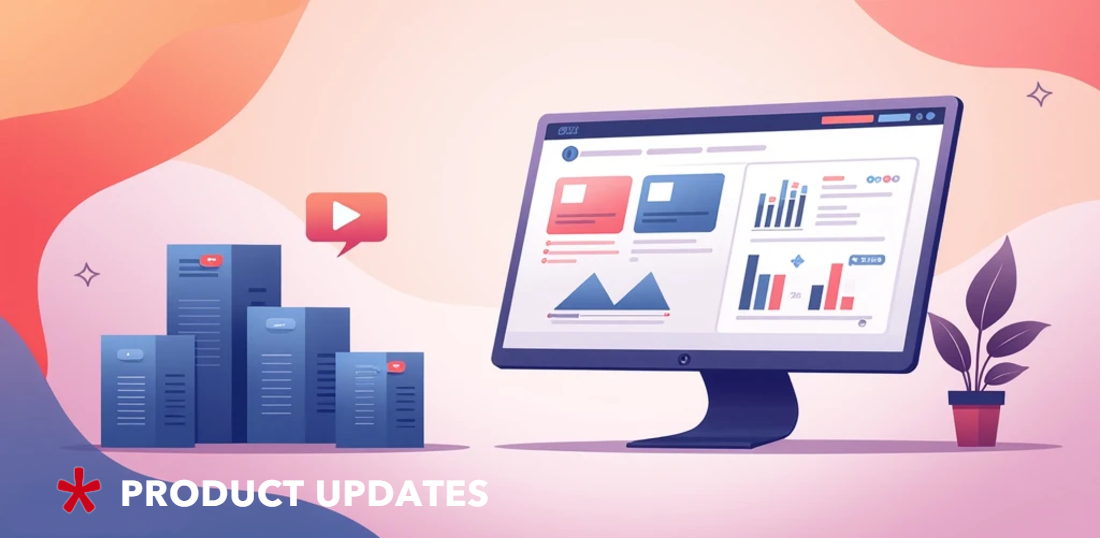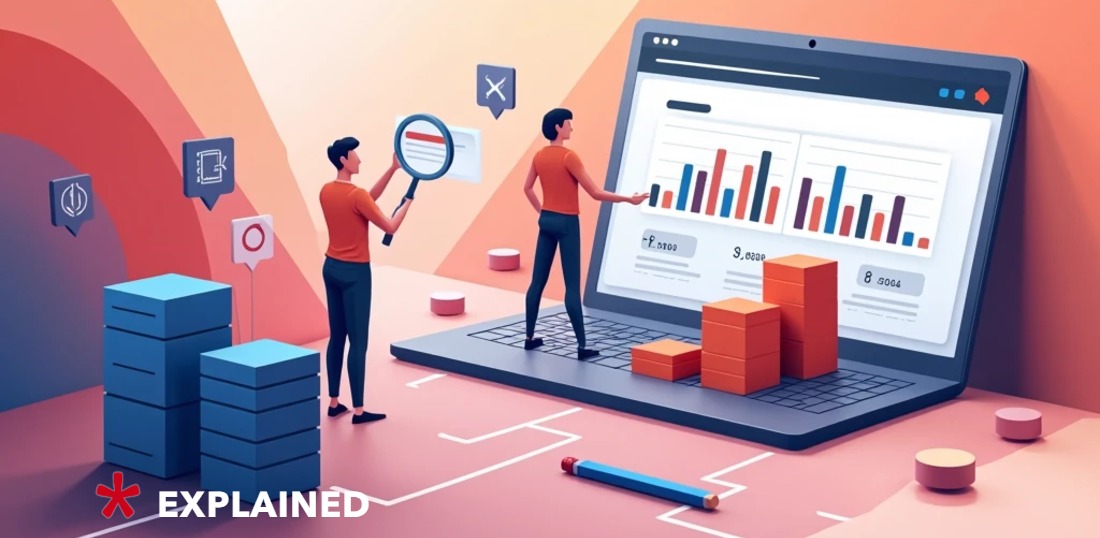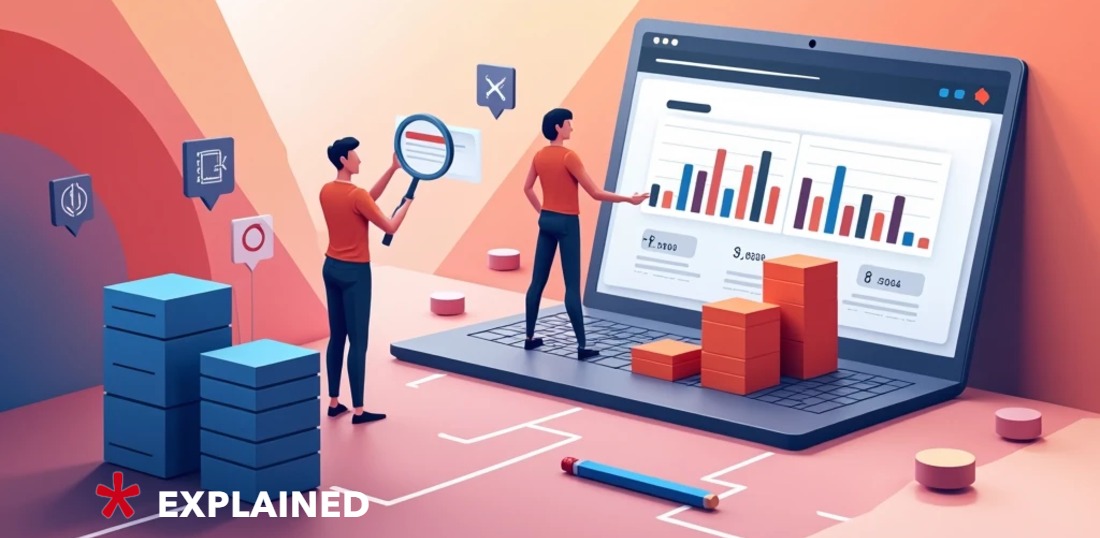Who framed adblocker?
Do you remember that “We messed up” open letter written to Advertisers by IAB from October 2015?
The main point was that all those who entered the world without high barriers to entry the space of intersection of content and technology had one simple task – to deliver content and services to users and it should be free for them. Digital advertising provided this opportunity for everyone. But they messed up. In a chase of automation and profit maximization they developed a system of targeting and autoautomation (yep, we used auto twice on purpose) which led to less and less consumer loyalty every day. And then ad-blocking occurred.
Now back to what is happening now. On Ad Age’s Digital Conference this topic also arose. Shenan Reed, president of digital for WPP’s MEC in North America, expressed her concern about how pages became way too cluttered, and have way too many ad units.
“We were killing this industry when we decided pop-ups are a good idea” she said. So finally advertisers, publishers and users are more-less agreed on the fact that ads that interrupt users, rather that engage them, is a direct way to ad blocking and that we need to bring that back into alignment.
First of all, for those who are seriously concerned – don’t be. If you’re going to move forward mutual improvement in interaction and user experience, while dealing with ads, then you’re going to be fine. Look at all those examples we were talking about earlier.
But the reality is that people aren’t willing to pay anything to have ad-free experience. According to Tune studies, only 4,5 % of users would pay 1$ per day and give or take the same number for 1$ per week. But they didn’t stop asking them and found out that even 1$ per year is awful a lot for 88.7 % of respondents, who just won’t pay a thing.
So what our plan here?
IAB revealed an action plan how to deal with ad blocking. They called it “DEAL”. They recommend publishers to cooperate and build new relationship with consumers.
- Detect ad blocking, in order to initiate a conversation
- Explain the value exchange that advertising enables
- Ask for changed behavior in order to maintain an equitable exchange
- Lift restrictions or Limit access in response to consumer choice
DEAL policy is adhering to the LEAN (Light, Encrypted, Ad choice supported, Non-invasive ads) principles, released in October 2015.
But as you can see from the IAB’s primer, they don’t make specific recommendation, but describing six potential tactics:
Notice
Initiate communication when ad blocker is detected. You can educate your consumers and let them know about ad blocking impact, or ask them to whitelist your website to be able to see further content.
This message can occur in the header or it can be welcome page, or as some publishers does: you can ask users whether they want to be able to review the content in the middle of the content, using “want to know more” style.
Access Denial
When ad blocker is detected – deny or restrict an access. This way can help to emphasis and highlight enough how serious this situation is. Thus you offer an option to the consumer to disable ad blocking or by register or subscribe.
Tiered Experience
The same thing, it’s a game of the level of access, so visitor can understand that without ad blocking he will receive completely different access level and will be able to compare the difference in experience.
Payments from Visitors
It can be optional micropayments or donations or required payment. Thus visitor can evaluate and appreciate respectively the content he perceives. IAB also talks about non-financial payments such as filling in surveys, rating, content generated by users.
Ad Reinsertion
This is the process when ads are inserted using technology that can skip ad blocking. You can change ad resource names and URLs, generate unblockable requests and change delivery server. This method can be effective, but there is a huge risk of escalation between all sides of the deal: ad blocker, publisher and users. With you getting more technologically sophisticated in avoiding ad blockers, ad blockers will get more sophisticated in blocking ads.
Payment to Ad Blocker Companies
It’s more a business practice than a method. The weird thing about this action is that you’re actually helping ad blocking industry to develop even more powerful tools, so you will pay them even more. And thus publishers can become dependent on ad blocking companies very quickly. So it’s kind of vicious circle.
Use Admixer.Publisher ANTI-adblocker solution. Yes, we know how to break it. Drop us a line on contact@admixer.com.
To sum up
You know our opinion. If you are a publisher a dialog with you consumers is the most powerful tool, you should build it strong and use it against ad blockers.




